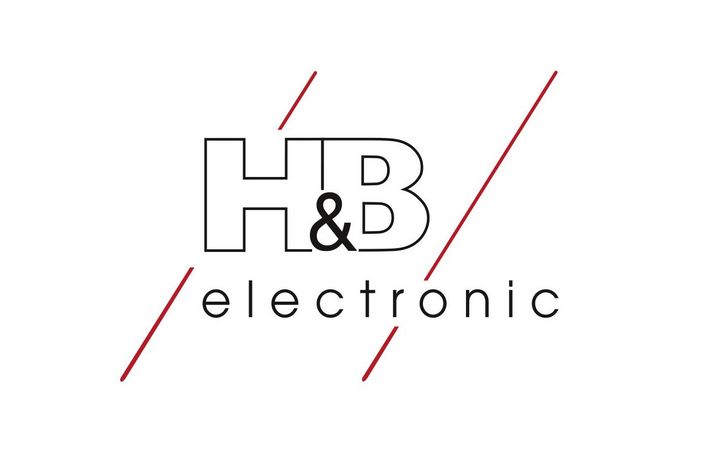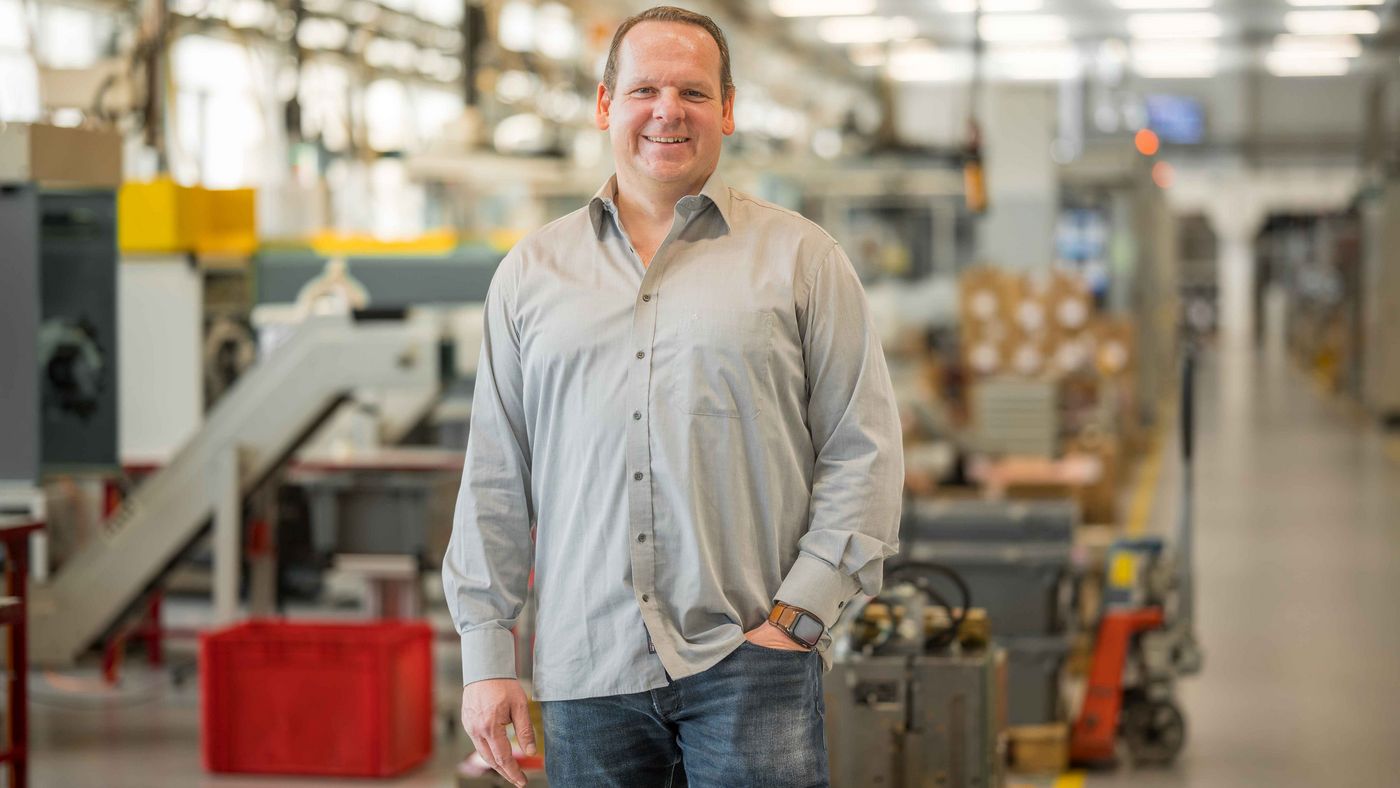Challenges
At H&B, around 340 employees use injection molding to produce, among other things, plastic housings for automation technology. The external appearance is one of the important factors. For example, in an actuator sensor box manufactured to order by H&B, diodes are located behind a transparent plastic window. In this case, the tool requires many delicate conformal cooling channels so that the plastic can release its heat in a controlled and uniform manner during production and cool down quickly. This is because the type of plastic used in this application becomes milky if it is cooled too slowly. The general rule for cooling in injection molding is: as fast as possible, as homogeneous as possible. Homogeneity results in quality and speed shortens the cycle time, reducing unit costs.
The company has previously used the mold without conformal tempering, but has repeatedly had to contend with cloudy windows and a high proportion of rejects. Although the tooling experts at H&B have been using printed inserts with conformal tempering in various molds for some time, they were not satisfied with the maraging steels available to date for the L-PBF process, particularly 1.2709. Therefore the decision was made to utilize additive manufacturing with the hot work tool steel 1.2343, a well-known and popular steel among toolmakers - and to do so on the company's own 3D printer.
Compared with the maraging steel 1.2709, tempering steel H11 (1.2343) has several advantages, for example in terms of wear resistance, thermal conductivity, red hardness, temperature resistance and polishability. Its final material properties are adjusted by tempering, therefore it is more suitable for mold-making applications. However, due to its higher carbon content and the resulting inferior weldability, it places high demands on the L-PBF process used.









